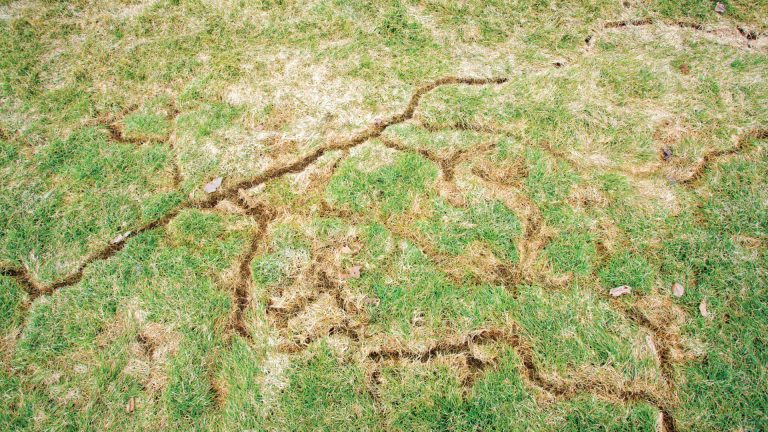Comprehensive Guide to Effective Vole Bug Control: Problem Recognition and Treatment Approaches
In the world of reliable bug control, vole invasions position an one-of-a-kind difficulty that demands a calculated technique. These tiny rodents, usually incorrect for computer mice, can create mayhem on gardens, lawns, and plants if left untreated. Recognizing the indicators of vole existence and executing targeted therapy approaches are vital parts of an effective pest administration plan. By exploring the subtleties of vole behavior, comprehending essential signs of infestation, and assessing a series of control options, one can develop a comprehensive approach to battle these evasive pests.
Recognizing Vole Habits
Vole actions is characterized by their tunneling habits and fast reproduction prices, making them a difficult parasite to control properly. Their rapid reproductive price additional makes complex control initiatives, with ladies qualified of creating numerous trashes in a solitary year, each containing numerous spawn.
Comprehending vole habits is critical for effective pest control techniques. By recognizing their burrow locations, keeping an eye on feeding areas, and applying targeted control methods, such as trapping or environment alteration, vole infestations can be managed effectively.
Indicators of Vole Problem

Prevention Strategies
Applying effective avoidance methods is important in reducing vole infestations and securing plant life from their damaging feeding practices. To prevent vole infestations, it is essential to begin by getting rid of possible food resources and sanctuary.
Routinely checking the property for indications of vole task, such as runways and burrow openings, is crucial for very early discovery and timely action. If vole task is believed, take into consideration using catches or repellents purposefully put near their paths.
Non-Lethal Control Approaches
To effectively handle vole populaces while focusing on humane approaches, non-lethal control techniques use sensible remedies for reducing vole damage in landscapes and yards. One effective method is the usage of physical barriers such as equipment fabric or cable mesh to safeguard vulnerable plants. These barriers can be buried a minimum of 12 inches bent and deep at a 90-degree angle to stop voles from delving underneath. Furthermore, habitat imp source modification can prevent voles by reducing their favored food sources and concealing spots. Preserving a well-mowed lawn, getting rid of particles, and keeping plants cut can make the environment much less enticing to voles.

Lethal Control Options
One reliable approach for dealing with vole infestations in landscapes and yards includes the critical usage of deadly control choices. When faced with a severe vole infestation that non-lethal techniques have actually stopped working read more to have, carrying out deadly control actions ends up being vital. Overall, when utilizing deadly control alternatives, it is crucial to do so responsibly and in accordance with neighborhood laws to efficiently handle vole invasions.
Conclusion
In final thought, reliable vole bug control calls for a detailed understanding of vole actions, identification of indicators of invasion, implementation of avoidance strategies, and usage of both non-lethal and deadly go control approaches. By incorporating these methods, individuals can successfully manage vole populations and protect their property from damage. It is essential to resolve vole invasions immediately to avoid further concerns and reduce the effect on the surrounding setting.
Given the intricate tunnel systems and quick reproduction prices particular of voles, acknowledging the indicators of vole infestation comes to be crucial in effective pest control. One of the primary signs of vole visibility is the existence of surface paths or routes in lawn or snow, commonly regarding 1-2 inches large, produced as voles travel between their burrows and food resources.To effectively take care of vole populaces while prioritizing gentle techniques, non-lethal control strategies provide practical options for minimizing vole damages in landscapes and yards.One efficient method for resolving vole infestations in yards and landscapes involves the tactical usage of deadly control choices. vole pest control.In verdict, effective vole bug control requires a thorough understanding of vole habits, recognition of signs of infestation, execution of avoidance techniques, and utilization of both non-lethal and lethal control techniques